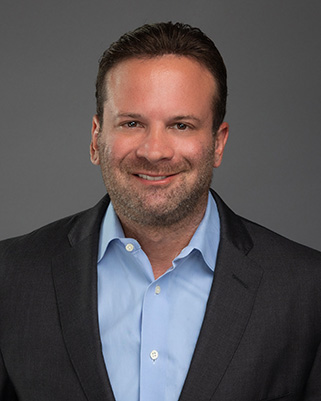How much difference does a doctor’s skill make when it comes to treating localized prostate cancer (PCa)? It’s common sense, right? Who wouldn’t want the most skilled doctor?
But there’s more than personal wishes, patient opinion, and bedside manner involved—though these are important factors for choosing a treatment and the doctor who will deliver it. In fact, when it comes to controlling cancer AND minimizing side effects, results rank highest. This was dramatically illustrated by a June, 2025 published study on surgical skill during nerve-sparing robotic assisted radical prostatectomy (RALP). Dissecting the nerves (teasing them away from the prostate capsule but leaving them in the body) is done to spare erectile function, but only when there’s a high degree of confidence that PCa has not yet penetrated the nerves. Specifically, this study observed a doctor’s skill at sparing the nerves and then correlating it with each patient’s erectile function a year after surgery.[i] How well did the study succeed? Read on.
The research team enrolled 157 patients who had RALP between July 2016 to January 2023. All had been diagnosed with localized prostate cancer (PCa), and all had sexual function adequate for intercourse at the time of surgery (assessed by validated SHIM questionnaire). The study involved 28 surgeons at 5 institutions. At 12 months post-RALP, each patient’s sexual function was again assessed by SHIM questionnaire. Currently, rates of regaining erectile function after RALP range from 27-81%.[ii] The authors hypothesize that high quality nerve-sparing skills could predict which patients are more likely to recover erectile function within a year.
The team used video recording to identify individual surgical skills during the nerve-sparing portion of RALP when the NVB are dissected from the prostate capsule. The use of video for skill identification is applied in many areas, such as coaching baseball players: “Video tools that offer slow-motion playback and side-by-side comparisons are valuable for identifying key details in a player’s mechanics.” As the study authors note, surgical videos allow “technical skills assessment… thereby allowing for precise analysis of surgical performance…”[iii]
All study surgeries were videotaped. To analyze and annotate the videos for specific skills involving movements and surgical gestures, four reviewers were specially trained:
A gesture was assigned to each discrete surgical movement according to our validated classification system. Additionally, a list of surgical actions/errors believed to damage the neurovascular bundle (NVB) were collated based on literature review… Each action was associated with a gesture and annotated simultaneously.[iv]
Gestures were actions like peeling, pushing, cutting, etc., as well as how much energy was used. A total of 80,957 gestures among all the videos were annotated and 2568 technical skills were scored. These were then correlated with patients’ 12-month SHIM scores.
Results
Here are the numbers. At 12 months out from surgery, 53 out of 157 patients (34%) had recovered erectile function. After statistical analysis, the authors determined that patients were more likely to regain sexual function when surgeons had:
- A higher proportion of peel-push gestures
- Less energetic gestures applied to the NVB
- Less gestures grabbing the NVB
- Higher tissue handling skill scores.
Even when additional factors were taken into account, the results were the same. The team concluded that, “…recovery of erectile function 1 year after surgery was significantly associated with higher technical skills and increased use of specific surgical gestures.”[v]
Thus, the value of this study lies in identifying very specific surgical competencies for nerve sparing RALP, offering specific direction for training surgeons in skills that promote better recovery of erectile function.
The same principle of having a high skill set applies to performing focal therapy for PCa. As a pioneer in MRI-guided Focal Laser Ablation (FLA), I have developed and refined more than a decade’s worth of key skills in FLA as well as MRI-guided TULSA and MRgFUS. PCa patients who are considering focal treatment, who want a practitioner with an established skill record, and who don’t favor a 34% sexual function recovery rate a year after nerve-sparing RALP are invited to check out our Sperling Prostate Center. I speak for all of us here in saying that performance matters in clinical results, low side effect risks, and compassionate care.
NOTE: This content is solely for purposes of information and does not substitute for diagnostic or medical advice. Talk to your doctor if you are experiencing pelvic pain, or have any other health concerns or questions of a personal medical nature.
References
[i] Heard JR, Ghaffar U, Ma R, Yang CH et al. Surgical Performance Metrics for 1-Year Patient-Reported Outcomes After Radical Prostatectomy. JAMA Surg. 2025 Jun 1;160(6):674-680.
[ii] Capogrosso P, Vertosick EA, Benfante NE, et al. Are we improving erectile function recovery after radical prostatectomy? Analysis of patients treated over the last decade. Eur Urol. 2019;75(2):221-228.
[iii] Heard, Ibid.
[iv] Heard, Ibid.
[v] Heard, Ibid.


